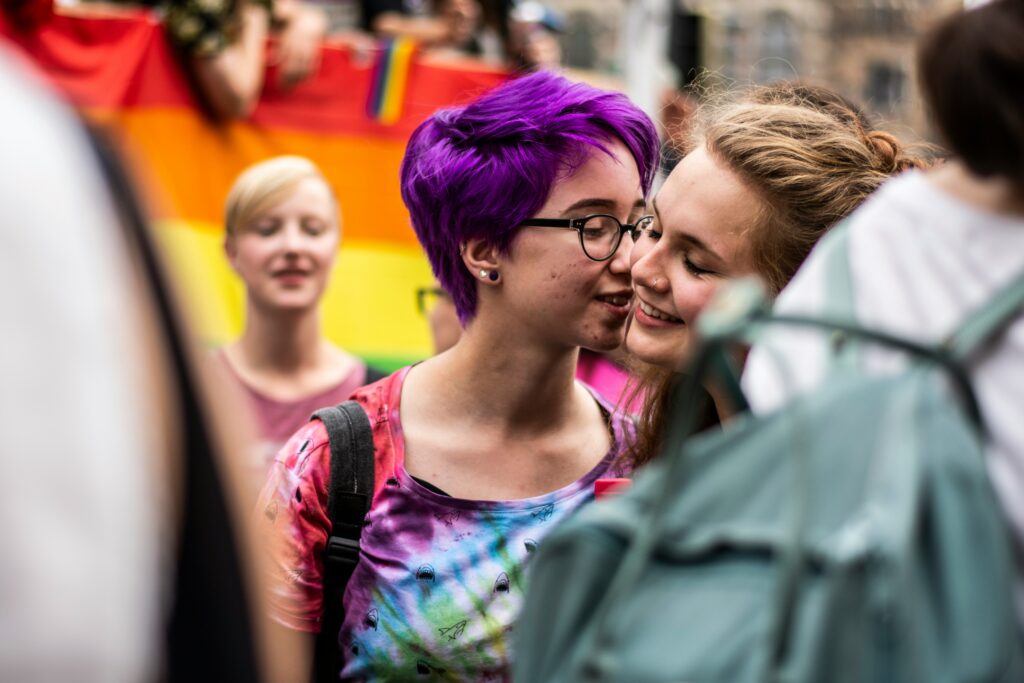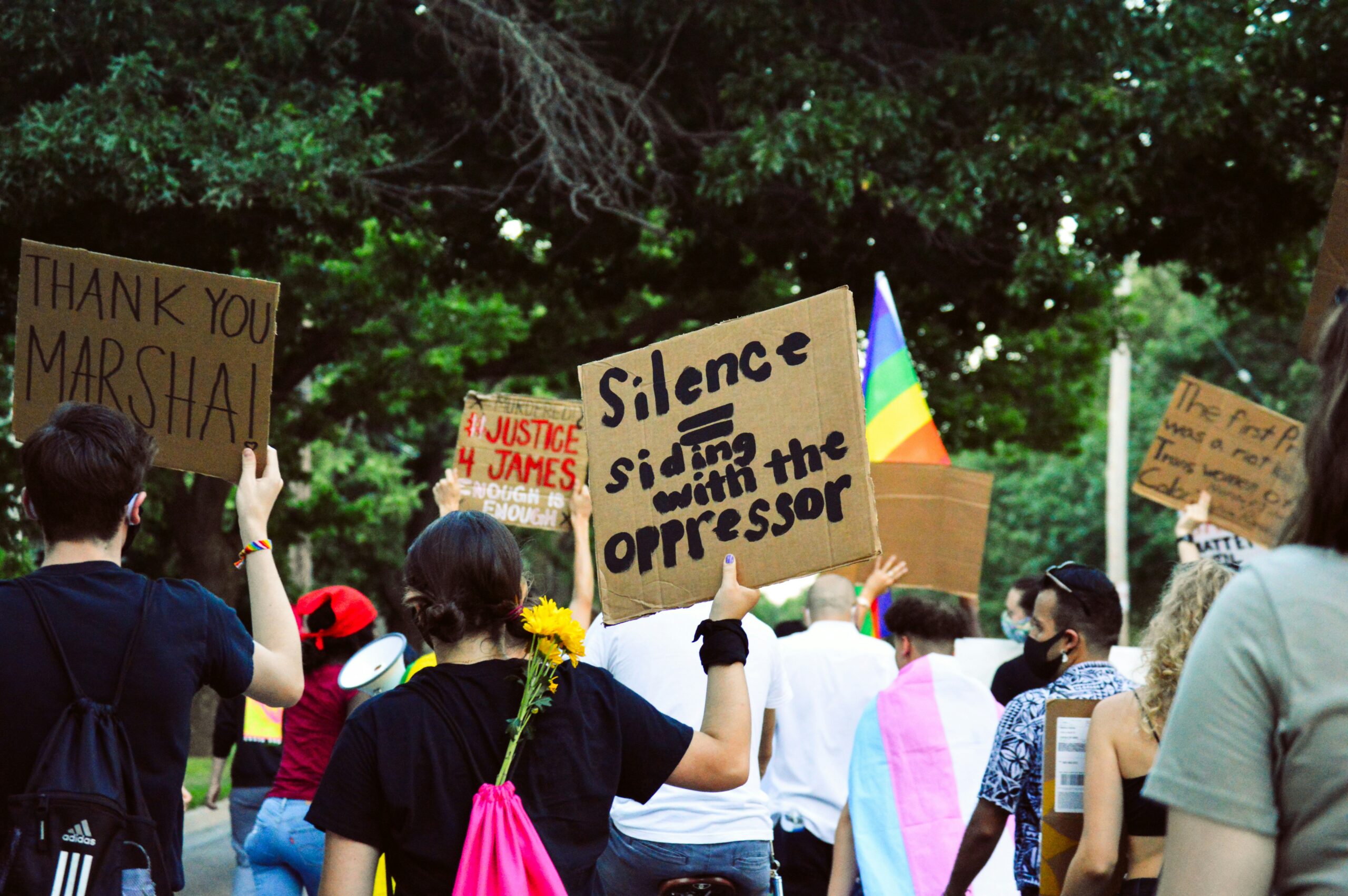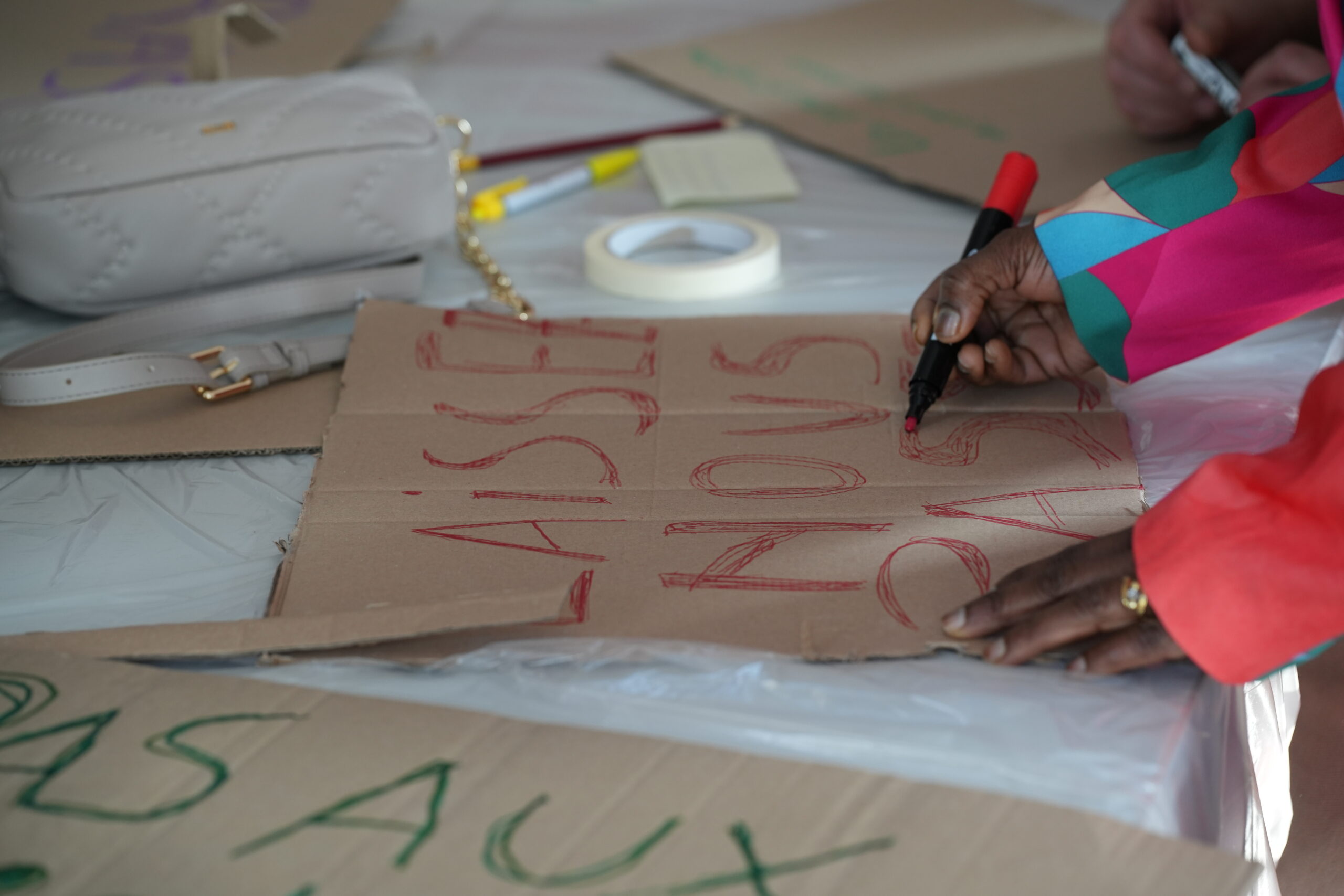
April 26: International Lesbian Visibility Day
A Political Date, A History of Movement
Lesbian Visibility Day was originally created on the 2nd of October 1982 in Canada by Québécois lesbians. Since 2008 it has become a major international moment to bring visibility to the lives, voices, and struggles of lesbian individuals—whether they are cisgender, trangender, non-binary, agender, or genderfluid.
April 26th being recognized globally as Lesbian Visibility Day is not a coincidence. On April 26th 1993, the U.S. Supreme Court ruled on the case Lambert v. Wicklund, legally recognizing the parental rights of a lesbian woman in the context of a separation for the very first time. This landmark ruling led activists to claim the date as a day of visibility, resistance, and pride.
While lesbian struggles for recognition are often linked to 20th-century movements, they date back to Antiquity. Greek poet Sappho, born on the island of Lesbos in the 7th century BCE, wrote sensual love poems addressed to women. Her name and birthplace gave rise to the terms “sapphic” and “lesbian”—words that have, over the centuries, been erased, condemned, or reclaimed.
Structural Erasure: Between Silence and Sexualization
The history of lesbians is one of constant erasure. Too often excluded from dominant narratives, sidelined in feminist or LGBTQIA+ struggles, and sexualized for and by the male gaze, lesbians have often been silenced throughout history.
But this absence is not a void—it is a political construction. In Belgium and elsewhere, it manifests through erased archives, lack of representation, and the scarcity of openly lesbian public figures. And yet, voices have risen: “When a lesbian died, it was not uncommon for her family to destroy every trace of her homosexuality.” — Marian Lens
Suzan Daniel: Remembering a Belgian Pioneer
Born in 1918, Suzan Daniel was a founding figure of the LGBTQIA+ movement in Belgium. In 1953, she attempted to represent Belgium at the first international homosexual congress but was prevented from doing so by the Belgian state. She dedicated her life to documenting LGBTQIA+ struggles. Her archives became the foundation for the Suzan Daniel Center in Ghent—a precious legacy for those whom dominant politics have sought to erase.
Writing to Exist, Writing to Resist
Writing has always been a weapon of lesbian resistance. Monique Wittig, a major figure of lesbian feminism, declared in The Straight Mind (1980) that “Lesbians are not women”—a theoretical provocation challenging the heterosexual order. By refusing imposed gender roles, Wittig opens a breach for imagining lesbian existence outside the system.
Across the Atlantic, poet, writer, and activist Audre Lorde collected essays written between 1976 and 1984 tackling racism, sexism, homophobia, and power dynamics through the lens of her experience as a Black lesbian feminist. In Sister Outsider (1984), she redefined eroticism as a deeply subversive source of power and embodied an intersectional approach before the term was widely used—demonstrating that the personal is always political.
Visibility: Between Celebration and Vigilance
To be visible is not just to exist, it is to exist safely and unconditionally. Even today, lesbians—especially those who are racialized, trans, disabled, or economically precarious—face violence, discrimination, and isolation. April 26 is not just a symbol—it is a call to action. A reminder that lesbian struggles are feminist, anti-racist, anti-ableist, anti-capitalist, and decolonial.
Words to Name, Think, and Love Differently
On Lesbian Visibility Day, Amazone shines a light on lesbian voices and thoughts. Each month, the non-profit hosts collective readings of feminist works in collaboration with PAC. The next session will take place on April 24th and features Le Génie Lesbien by Alice Coffin. Lesbian works do not merely speak of love—they politicize desire, question norms, and narrate silences. Here are a few key works to discover or rediscover:
- À nos désirs, Élodie Font (2023, La Déferlante): A novel exploring lesbian sexuality through testimonies, intertwined with the author’s reflections and personal story.
- Et l’amour aussi, Marie Docher (2023, La Déferlante): A hybrid collection of photography, interviews, and poetry about lesbian love.
- Lesbianisme et féminisme : Histoires politiques, Natacha Chetcuti & Claire Michard (2003, L’Harmattan): A key reference to understand how lesbianism was shaped and asserted as a political force within feminist movements.
- Faite de cyprine et de punaises, Lauren Delphe (2022, iXe): A radical, poetic novel that breaks taboos, explores the margins, and voices a free, raw, and literary lesbian and disabled perspective.
- Après Sappho, Selby Wynn Schwartz (2024, Gallimard): A novel inspired by historical lesbian figures at the turn of the 20th century. Blending fiction, biography, and lyricism, the author weaves a political and literary genealogy from mythical Sappho to her heirs.
- Thank God I’m a Lesbian, Laurie Colbert & Dominique Cardona (1992): A joyful and powerful documentary featuring twelve lesbians of diverse backgrounds and nationalities.
- Too Much Pussy!, Émilie Jouvet (2011): A political and explicit documentary following a queer feminist post-porn tour across Europe.
- Les Reines du drame, Alexis Langlois (2024): A flamboyant and over-the-top musical film celebrating a lesbian romance with a bold and dramatic queer aesthetic.
- Voyage au Gouinistan, Christine Gonzalez and Aurèle Cuttat (2022): A podcast en route to “Gouinistan”! The hosts explore their identities and invite listeners along for the ride.
Further Reading & Resources
Faustine Stricanne
Amazone intern


